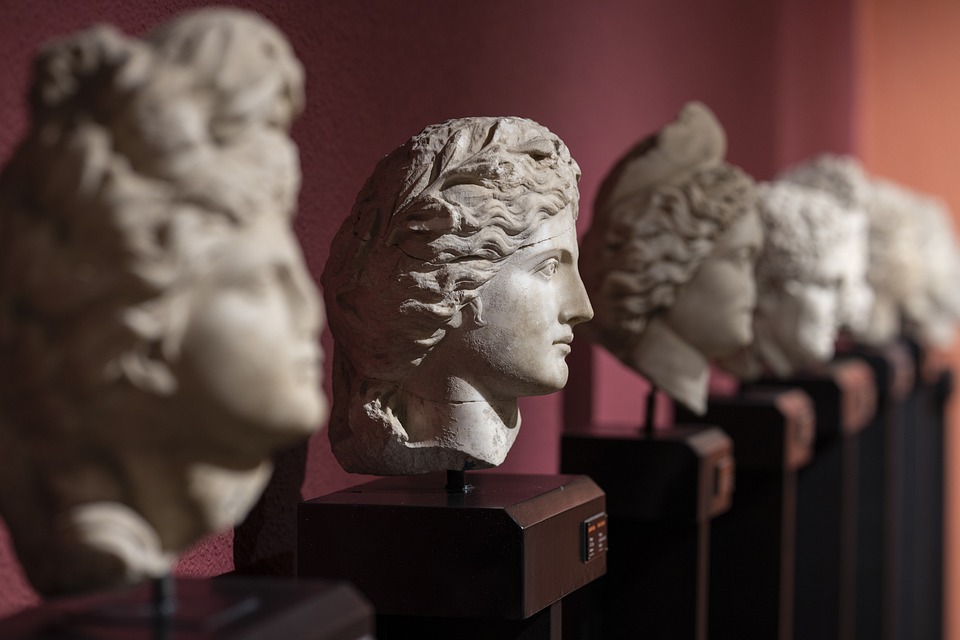Navigating the world of art therapy is as much about understanding the nuances of human emotion as it is about the application of creative techniques. When it comes to applying for a position as an art therapist, your cover letter serves as your first impression. It should encapsulate not only your qualifications but also your passion and understanding of the field. Here are some insightful tips to help you craft a compelling cover letter that stands out from the crowd.
Personalise Your Approach
Generic cover letters are a plague in the job market. Tailoring yours specifically to the role and organisation demonstrates genuine interest. Research the institution or clinic you’re applying to. What are their values? What therapeutic approaches do they favour? Incorporate this knowledge into your letter, referencing specific programmes or initiatives they have that resonate with your own experience and ethos.
- Address the Hiring Manager: Whenever possible, use the hiring manager’s name. It adds a personal touch and shows you’ve done your homework.
- Reflect Their Mission: If the organisation focuses on trauma recovery, mention your experience in that area. This connection can create a powerful bond between your skills and their needs.
Showcase Your Unique Skills
As an art therapist, you possess a unique blend of artistic talent and psychological insight. Highlighting this combination is crucial. Discuss your qualifications, but don’t just list them. Use vivid examples to illustrate your points.
- Artistic Proficiency: Talk about how your artistic skills contribute to your therapeutic practice. Perhaps you’ve developed a unique technique that has proven effective for your clients.
- Therapeutic Knowledge: Share experiences where your understanding of psychological concepts has directly benefitted your clients. This could be a case study or a significant moment in your career.
Emphasise Empathy and Connection
At the core of art therapy is the ability to connect with individuals on a deeply emotional level. Your cover letter should reflect your empathetic nature and ability to build rapport.
- Personal Stories: Include anecdotes that showcase your empathetic approach. Describe a moment when you successfully connected with a client through art, illustrating your capacity to foster trust and understanding.
- Client-Centric Philosophy: Make it clear that your primary focus is the well-being of your clients. Discuss your philosophy regarding client empowerment, and how you facilitate their journey through creative expression.
Keep It Engaging and Professional
While it’s essential to convey your passion and qualifications, maintaining a professional tone is equally important. Strive for a balance between engaging storytelling and formal language.
- Varied Sentence Structure: Mix shorter, impactful sentences with longer, more descriptive ones. This not only keeps the reader engaged but also adds a rhythmic quality to your writing.
- Clear and Concise Language: Avoid jargon unless necessary. Clarity is key, so ensure your message is easily digestible while still showcasing your expertise.
The Final Touch
In the closing paragraph, reiterate your enthusiasm for the position and express your eagerness to discuss how your skills align with their needs. A simple yet effective sentence like, “I look forward to the opportunity to discuss how I can contribute to the transformative work at [Organisation’s Name],” can leave a positive impression.
As you embark on this journey, remember that your cover letter is a reflection of your individuality and professionalism. With the right approach, it can be the golden ticket that opens doors to fulfilling opportunities in the field of art therapy.
CVPortal continues to provide you with a wealth of high-quality CV references to help you navigate your career path with confidence.


